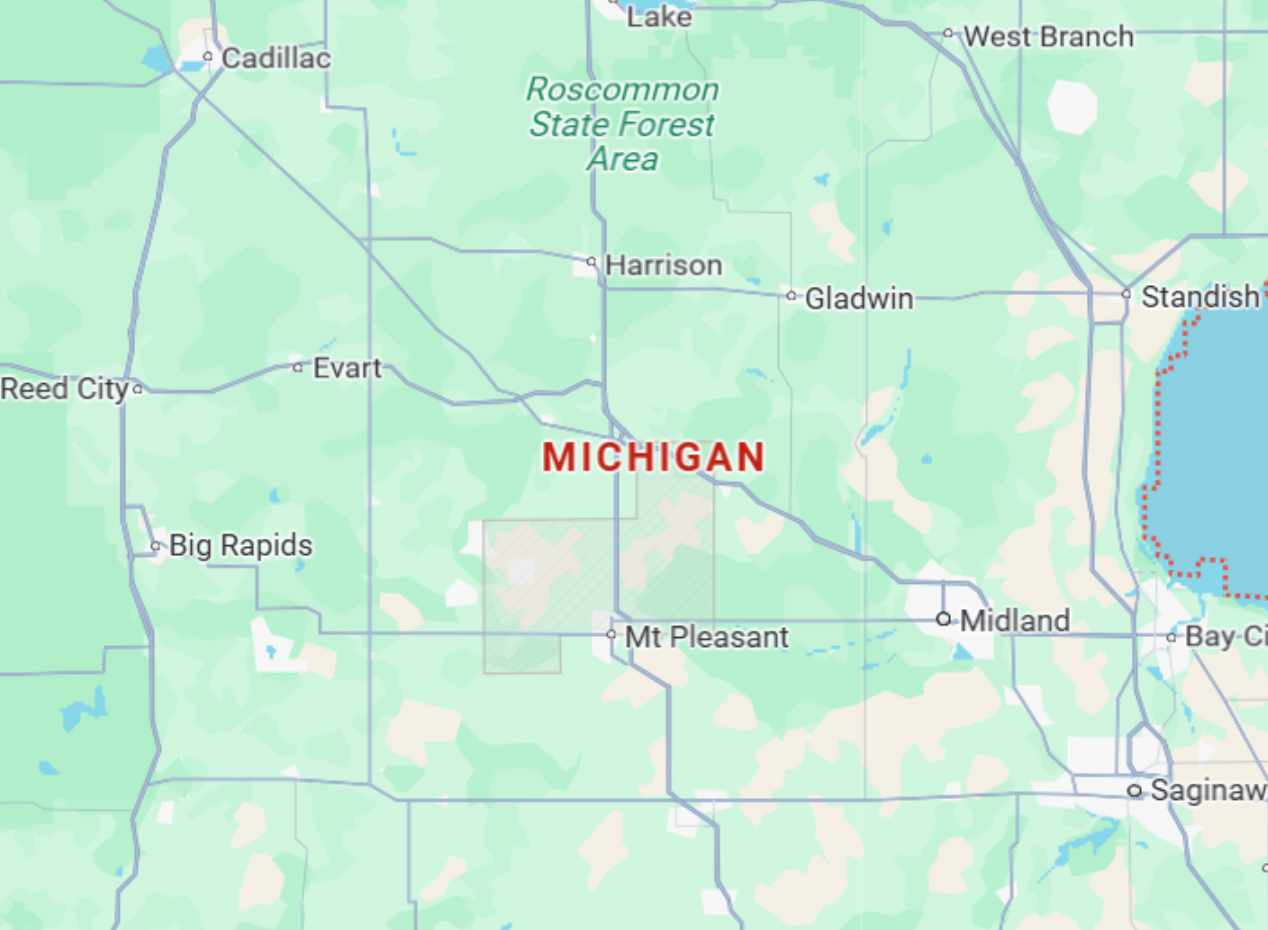Website ADA Compliance in Michigan
Achieving website ADA compliance in Michigan is not just a legal mandate—it is a strategic business move that improves brand reputation and drives revenue. Strengthen your customer experience and avoid legal pitfalls by taking proactive steps toward digital accessibility.

Michigan ADA Requirements
Michigan implements a robust legal framework to promote inclusivity across both public and private sectors.
Searching for accessibility solutions near Michigan? Knowing the state's guidelines can help ensure your website serves all users and meets necessary compliance requirements.
Americans with Disabilities Act and Section 508
The Americans with Disabilities Act or ADA was first made to get rid of barriers in the physical world. Now it also sees websites and online spaces as important parts of being accessible. ADA Title II says that public services and programs need to be easy to access online and everyone can get the same info.
Then there is Title III, which makes sure private organizations that deal with the public also provide access to their goods and services online.
On top of that, Section 508 from the Rehabilitation Act tells federal agencies that their digital resources, like websites and software, should be accessible too. This helps people with disabilities take part and be productive by eliminating online obstacles.
ADA Michigan serves as the state affiliate of the Great Lakes ADA Center, both of which are part of a federally funded network focused on ADA education and compliance. These organizations provide information, training, and workshops to help the public, businesses, and government entities better understand and apply ADA regulations.
They are not commercial service providers, but advocacy and technical assistance resources established to support ADA implementation and promote accessibility in accordance with federal law.
The State of Michigan Digital Standards for Websites and Applications
The State of Michigan Digital Standards for Websites and Applications, version 2.0 (revised May 2024), establishes guidelines for the design and development of digital resources used for official state business.
Implemented by the Department of Technology, Management & Budget (DTMB), these standards guarantee consistency, accessibility, and security across state-operated digital platforms.
Scope
The standards are for all state departments and agencies, including those that deal with the public or are meant for state workers and contractors. They cover sites and apps made for the State of Michigan website web content management system, like mini-sites and marketing pages.
These rules also count for custom apps and mobile apps made by companies plus digital tools from vendors like off-the-shelf software and software-as-a-service options.
Even if businesses don’t have to stick to these standards, following them can help them serve their customers better. For instance making sure that websites and apps run smoothly in all major web browsers can really boost how users experience them and make everything more accessible.
Requirements
All state websites and applications are required to comply with the Web Content Accessibility Guidelines (WCAG) 2.1, Level AA standards to guarantee accessibility for all users regardless of disability or device. Adherence to these guidelines is mandatory, with no exceptions permitted.
Consequences of Noncompliance
Michigan law doesn't lay out specific punishments for not keeping your website accessible. But if you face a civil lawsuit, situations can escalate quickly. You might end up dealing with injunctions, damages, lawyer fees, and even having to pay back lost wages.
If you break the ADA or Section 508 rules, it could mean pricey settlements and drawn-out legal fights. On top of the legal and money issues, having an inaccessible website can limit how many people you can reach and how well you connect with customers.
How To Ensure Your Website Complies With Michigan Accessibility Standards
Making your website ADA-compliant can seem overwhelming without a clear starting point. Begin with these essentials:
- Implement Regular Audits: Regular accessibility testing is important for maintaining ADA compliance in Michigan. It helps you identify issues, measure the effectiveness of improvements, and make sure your site stays compliant as content and regulations evolve.
- Incorporate Tools and Features: Add tools for adjusting font size and color contrast, selecting display language, and enabling text-to-speech features for better content navigation and comprehension.
Ignoring web accessibility laws and standards can negatively impact your business. That’s why Be Accessible implements effective measures to mitigate risks. Achieve and maintain compliance through our comprehensive site audits, accessibility fixes, PDF document remediation, and customized training.
Be Accessible Increases Digital Accessibility Every Day
We serve a wide range of industries from restaurants to tech companies to financial institutions and everything in between.
Contact Us
You're one step closer to ADA compliance.
Fields marked with * are required.